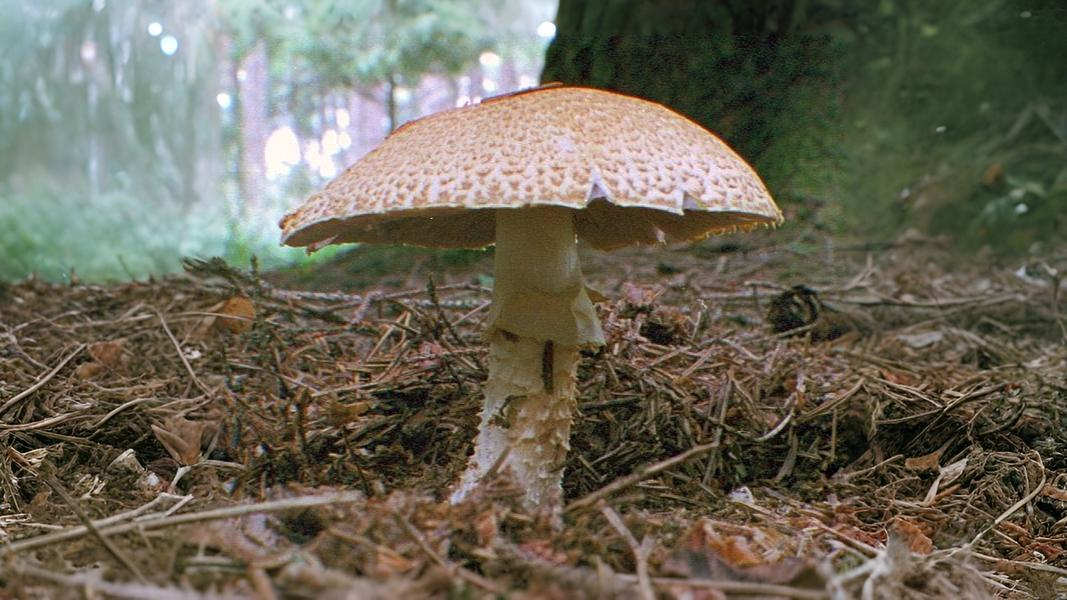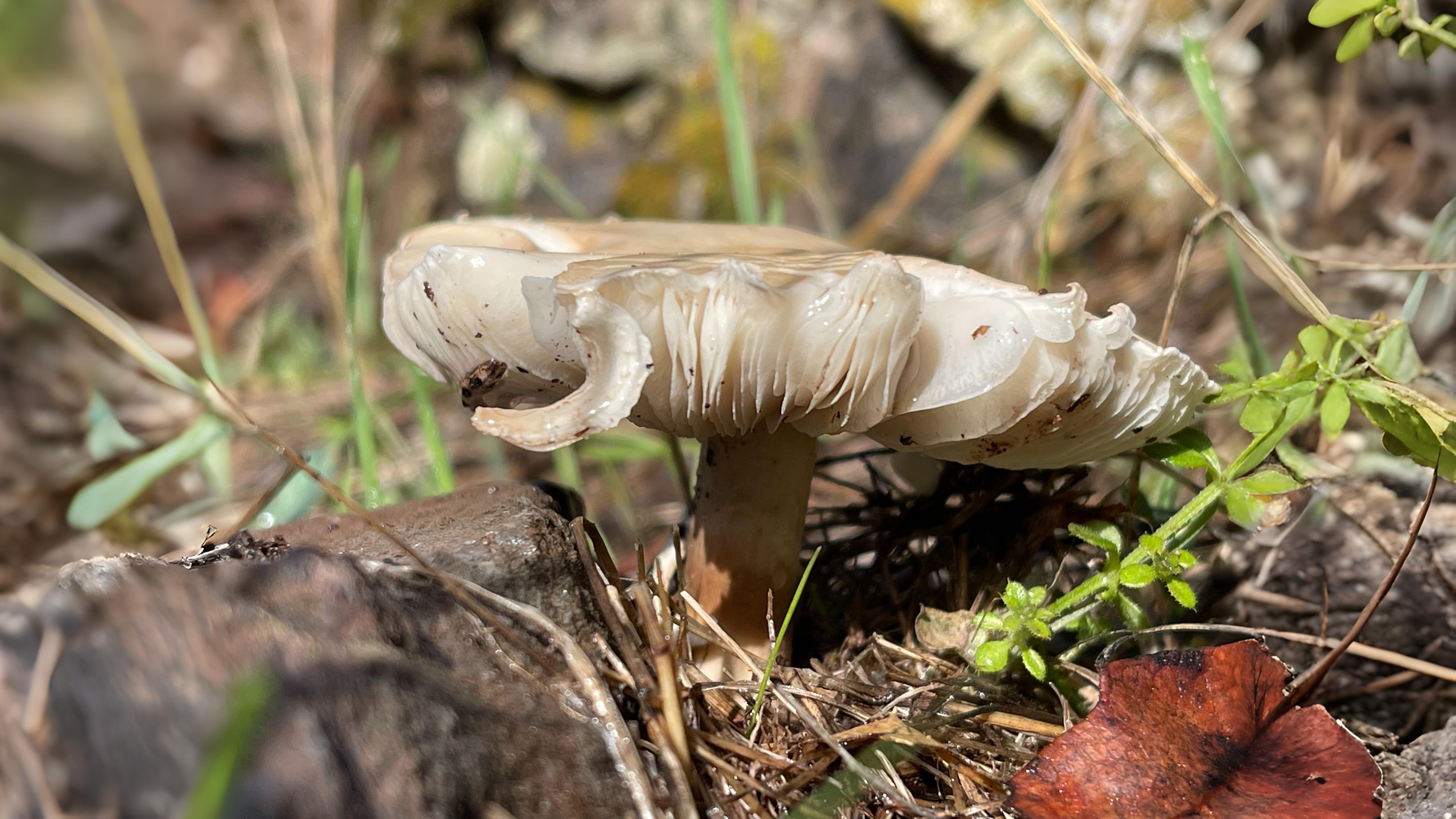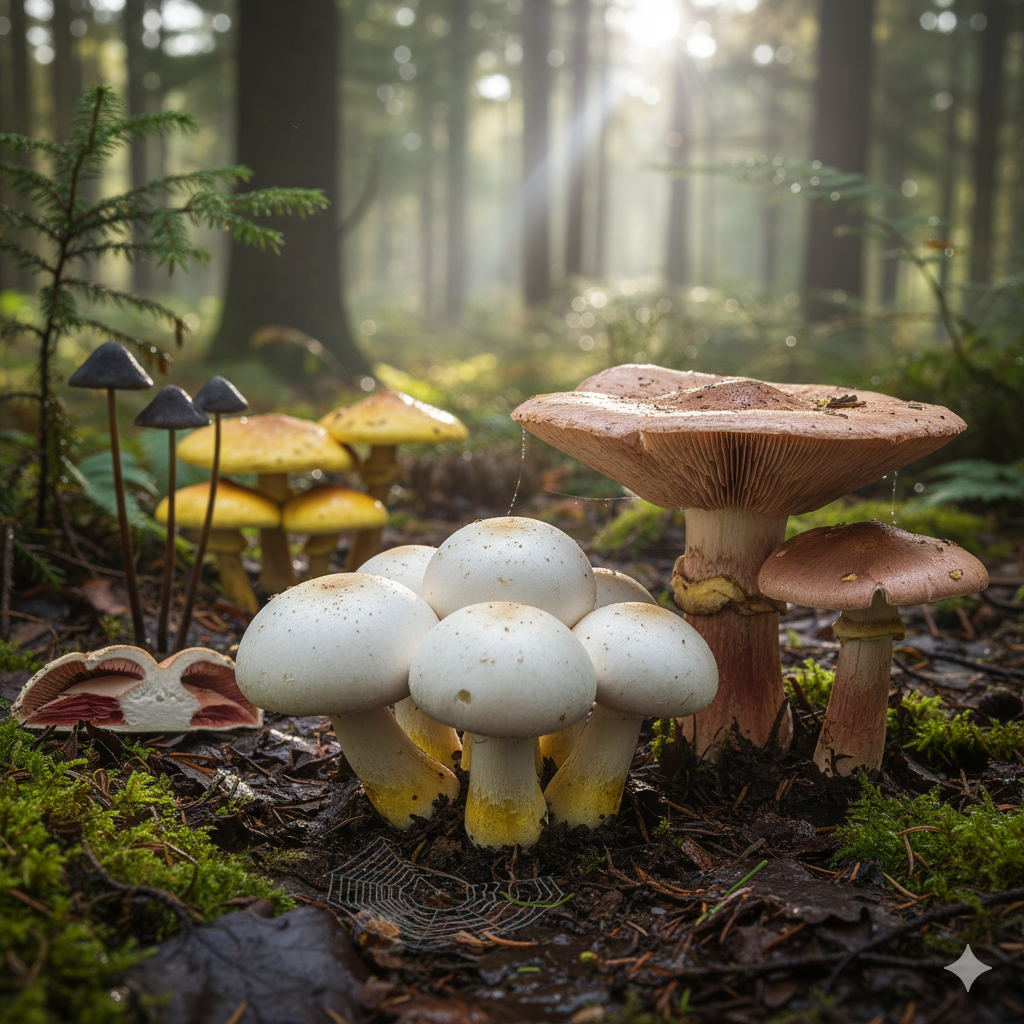
Return on September 19th to explore the full story of London’s extraordinary agarics.
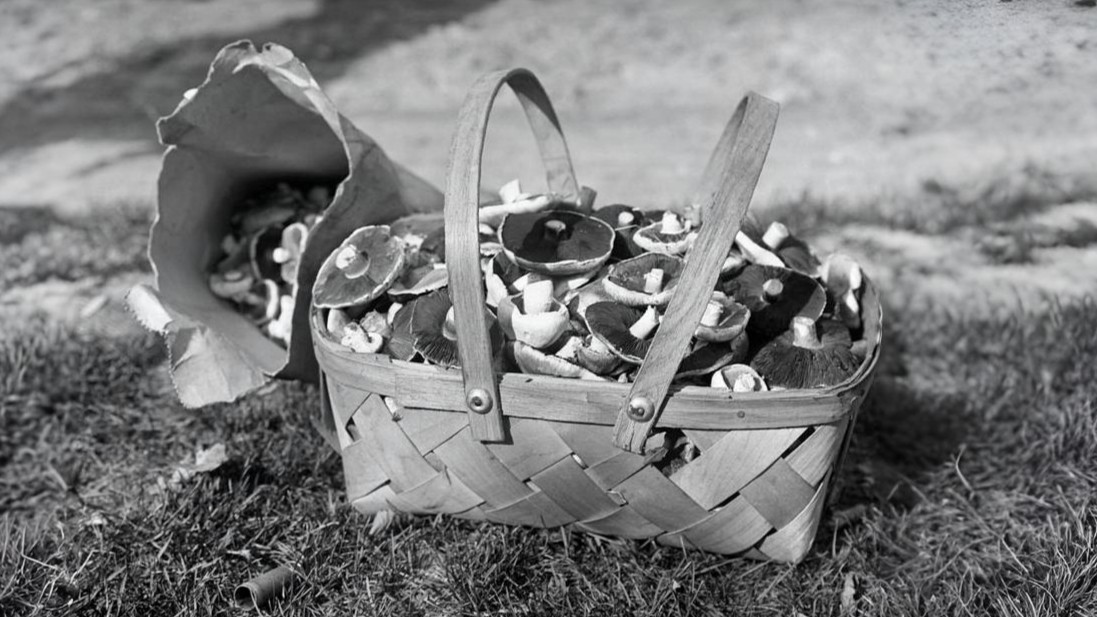

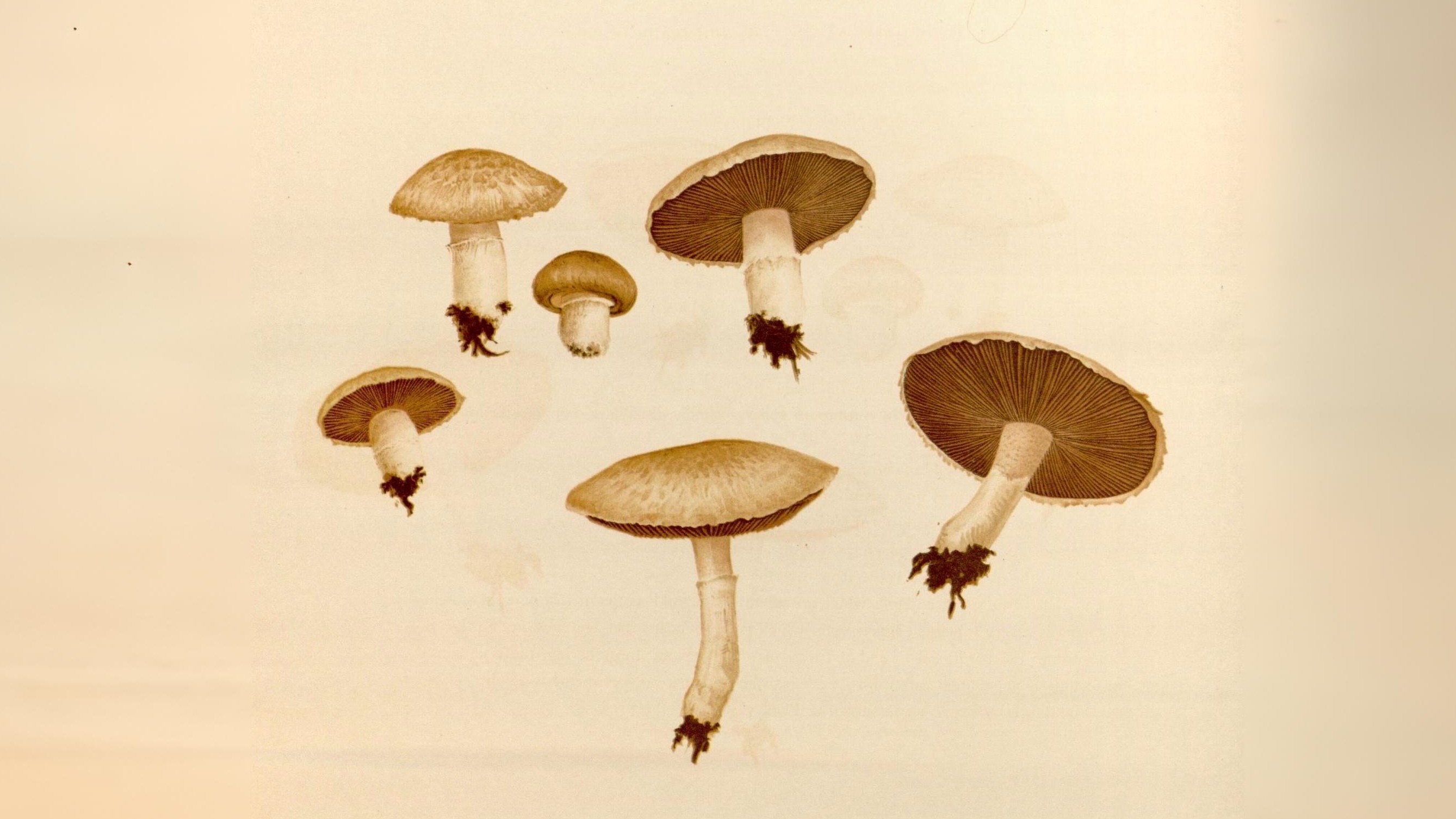

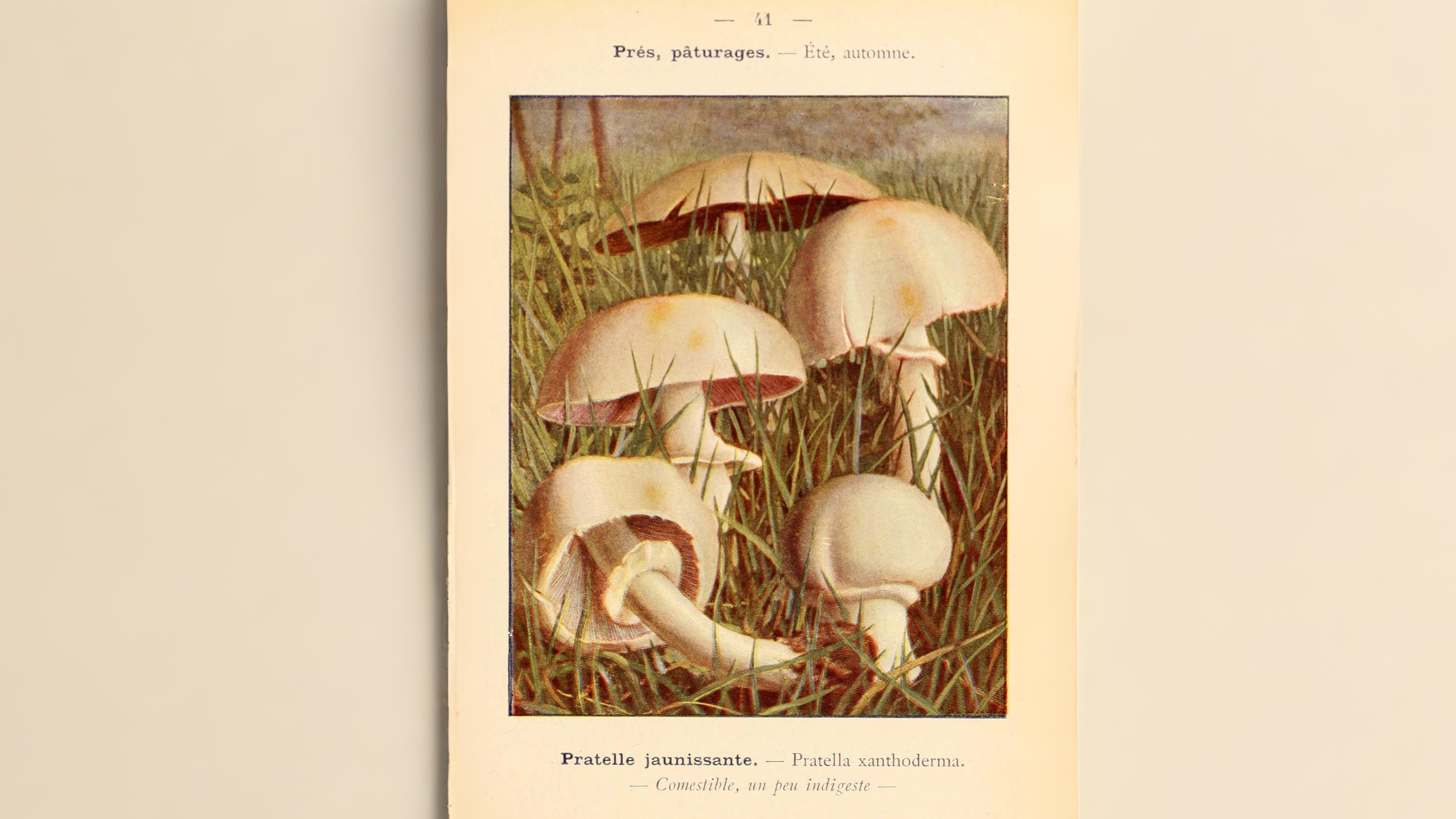

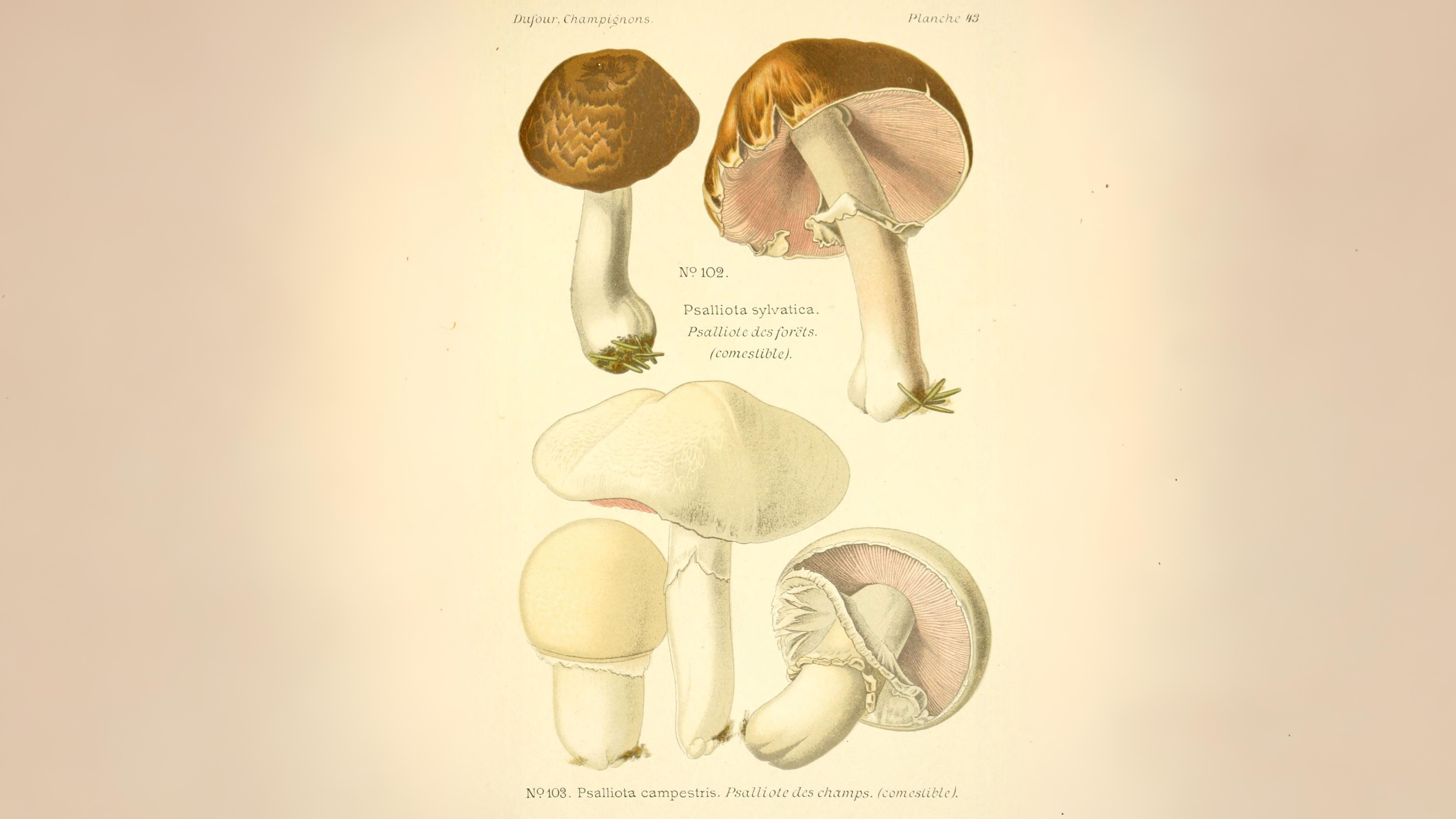

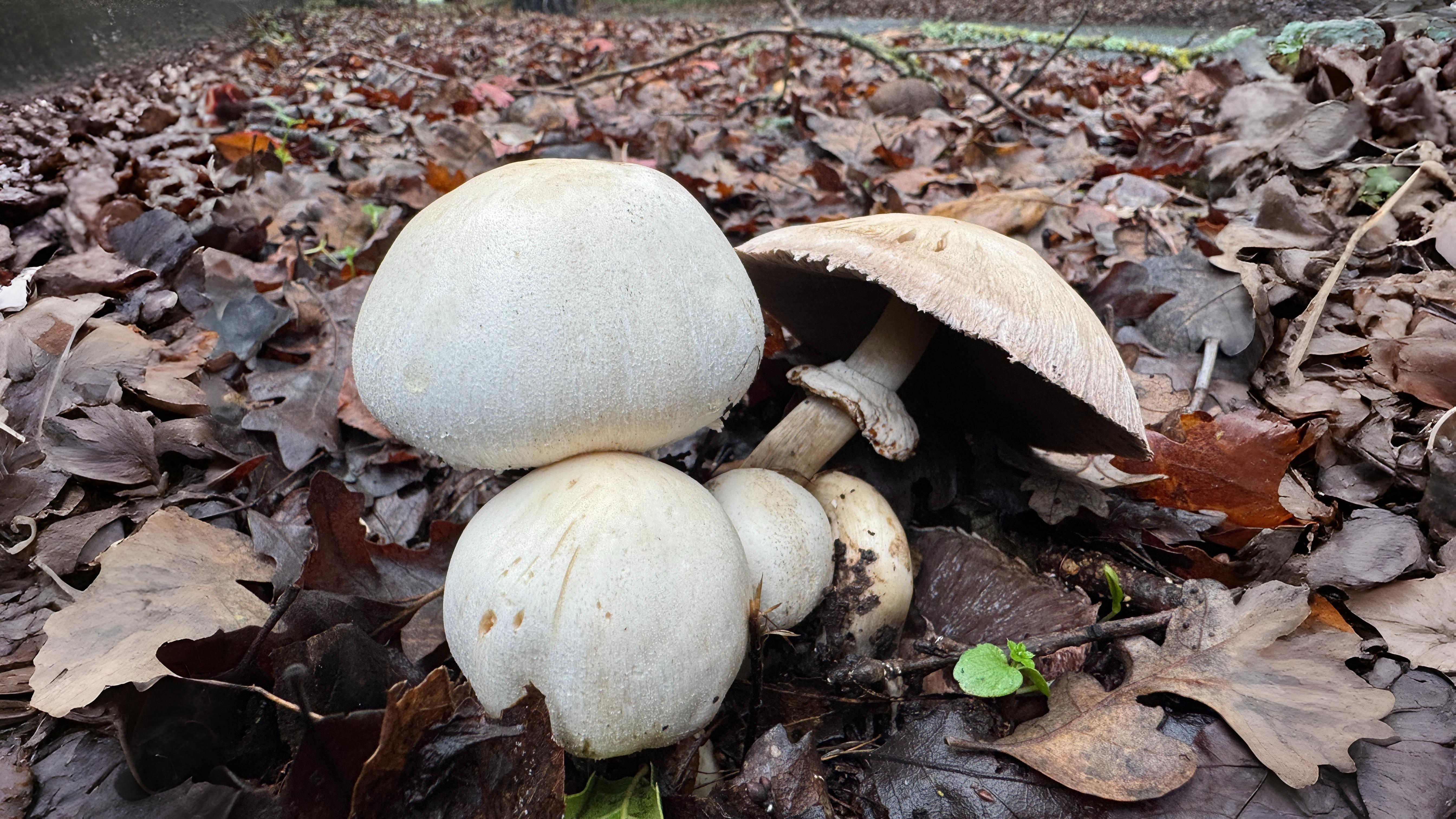

Most other agarics are much smaller, usually not much larger than button mushrooms and difficult to identify in the field. Rarer species include A. comtulus and A. niviscens in grassy areas and A. romagnesi, A. variegans and A. langei in conifer woods.
